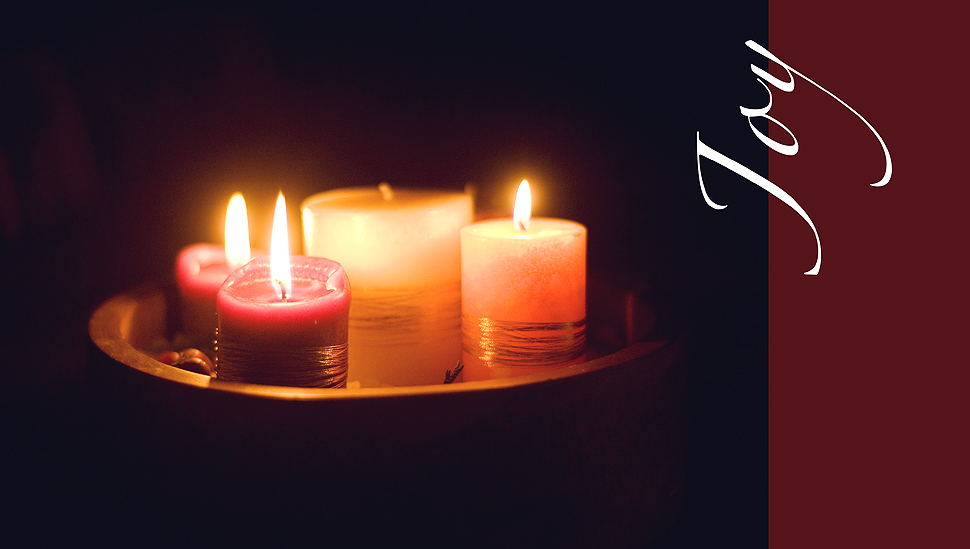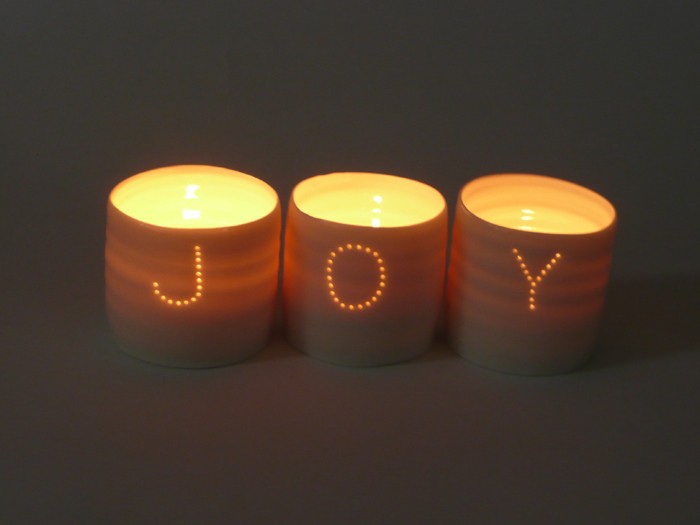JOY Daily Devotional: Advent 3 – Dec 21
Cultivate joy each day this week. December 21: Joyful Expectation Scripture: Romans 12:12 –Rejoice in hope; be patient in affliction; persevere in prayer. Meditation: Trust and expectation for the goodness that God intends for each child of God is a source of joy. Focusing on joy for others helps build our own spiritual muscles that […]



